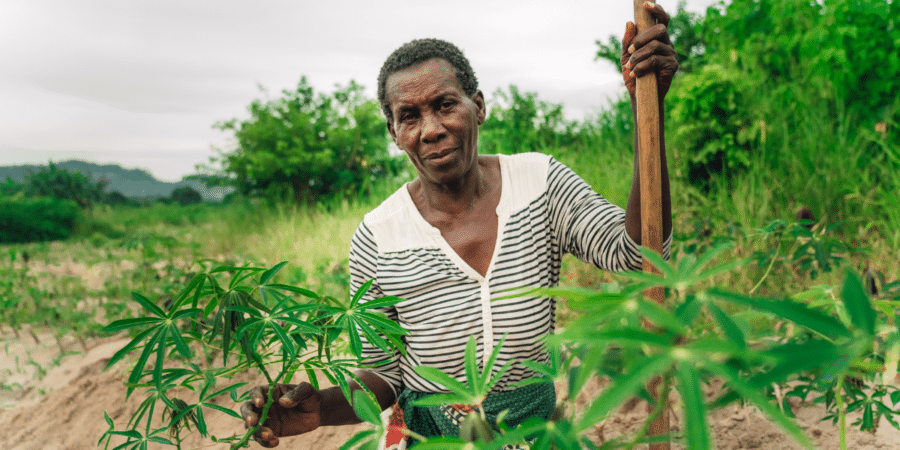Africa is home to a vast population of people who are excluded from the formal financial system. Access to basic financial services is often limited, leaving many with no choice but to rely on informal and unregulated financial sources, which come with high interest rates and limited security. Microfinance institutions and nonprofits providing microfinance opportunities play a critical role in bridging the gap. Microfinance is the provision of small loans, savings, and financial services to low-income individuals. It enables individuals and small businesses to invest in income-generating activities, smooth consumption, and build financial resilience. This blog post explores the concept of scaling microfinance to accelerate poverty alleviation in Africa and discusses various ideas to make this a reality.
Ideas to Scale Microfinance in Africa
1. Strengthen Regulatory Frameworks
To scale microfinance, African governments could work on strengthening regulatory frameworks that govern Microfinance institutions. Striking the right balance between promoting financial inclusion and ensuring consumer protection is crucial. A supportive regulatory environment can attract more investors and promote healthy competition within the sector.
2. Technological Advancements
Leveraging technology is one of the most promising ways to expand microfinance in Africa. Mobile banking, digital payment systems, and data analytics can help reach remote and underserved areas, reduce operational costs, and streamline the lending process. Mobile banking services, for instance, have already seen remarkable success in countries like Kenya with the M-Pesa system.
3. Public-Private Partnerships
Collaboration between the public and private sectors can boost the reach and impact of microfinance initiatives. Governments can provide financial incentives and policy support to encourage private-sector investment in microfinance institutions. This partnership can also help in improving the regulatory environment and enhancing credit reporting systems.
4. Tailored Financial Products
Microfinance institutions should develop products that cater to the unique needs of the local population. This includes designing loans and savings products that suit the income patterns and cultural practices of different communities. Customized financial products can increase the accessibility and effectiveness of microfinance services.
5. Financial Literacy and Education
A key component of scaling microfinance is increasing financial literacy among the target population. Educating individuals on basic financial concepts, such as budgeting, savings, and the responsible use of credit, is essential. This can help ensure that microfinance borrowers make informed decisions and use their financial resources wisely.
6. Supportive Infrastructure
To facilitate the expansion of microfinance, it’s important to invest in the necessary infrastructure. This includes building roads, electrification, and access to the internet, which can help create a more favorable environment for businesses to thrive in underserved areas.
7. Targeting Women’s Empowerment
Women play a significant role in many African economies, and empowering them through microfinance can have a multiplier effect. Initiatives should focus on promoting gender-inclusive programs that encourage women’s entrepreneurship and financial independence.
Microfinance has the potential to be a transformative force in alleviating poverty in Africa. Scaling up microfinance initiatives across the continent can help millions of people access the financial services they need to improve their lives.

